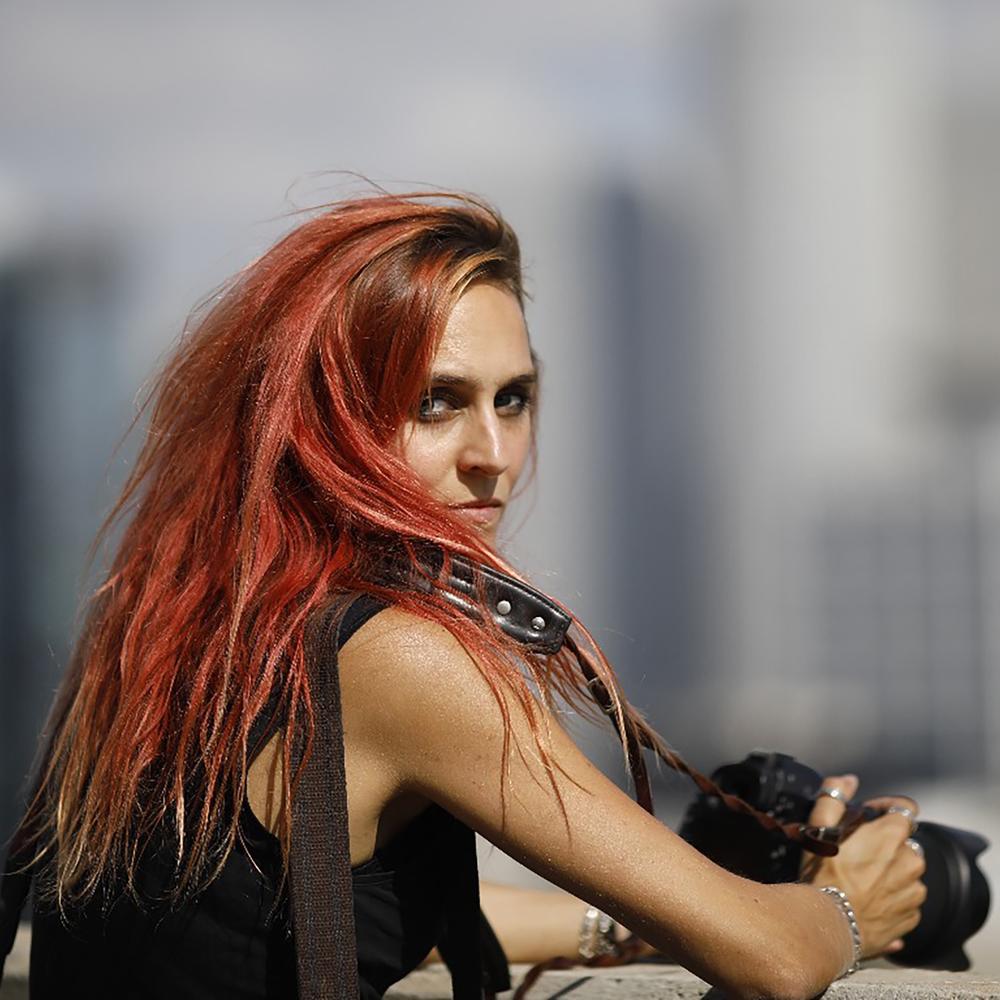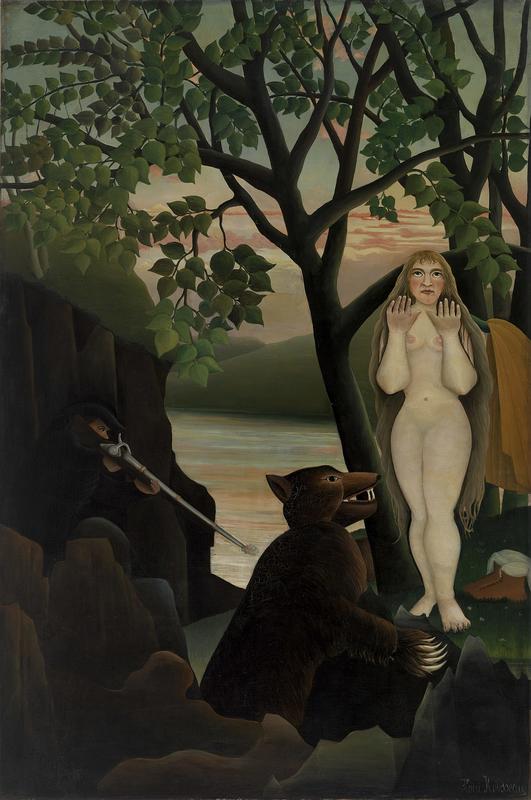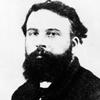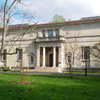More about Unpleasant Surprise (Mauvaise surprise)

Contributor
In his most controversial work Unpleasant surprise, French painter Henri Rousseau directs his naive gaze towards a loaded scene, which calls into question the artists’ intentions and our own preconceptions.
A naked woman, faced by a bear with sharp claws in an exotic jungle, raises her hands in surrender. How lucky that her savior has come just in time to rescue her, pointing a rifle at the wild beast. If these were your thoughts when viewing Rousseau’s painting, you are surely not alone, yet potentially mistaken. What is really unfolding in Unpleasant Surprise might be more of a surprise for the viewer than for the woman depicted. Upon closer inspection, the woman’s expression does not look the least disturbed by this unsettling encounter, but rather annoyed, or merely indifferent. What is the reason for the discrepancy between the painting’s content and its visual language? Or did Rousseau intend to convey something other than what comes to mind at first glance?
Contrary to Rousseau’s previous paintings of jungle themes in which savage animals attack or devour each other, Unpleasant Surprise might be interpreted as a testament to the good-willed nature of the bear, who perhaps did not actually set out to attack the woman. When examining the larger-than-life painting, with its three-dimensional quality, the man, a hunter, appears to be the intruder. His gun seems to be pointed past the bear, towards the ground near the woman’s feet, possibly an alert for her to stay away. Given the rather bad timing of this encounter, it is no wonder that the woman, having just enjoyed a bath in an idyllic lake, would see the indiscrete hunter as the ‘unpleasant surprise’.
Contrasting a paradise-like setting with the presence of an armed man, Rousseau might have also been hinting at the conflict between nature and the modern technological world. As a city dweller in Paris, Rousseau was intrigued by far-away places which he would never come to visit himself. In fact, he never even left France. The closest he got to the jungle was the botanical gardens, from where he drew much of his inspiration for the plants in his paintings. As Rousseau once remarked, “When I step into the hothouses and see the plants from exotic lands, it seems to me that I am in a dream.”
And to make his dream even more surreal, Rousseau, much like a collagist, fabricated his paintings from a motley of tabloid illustrations, sculptures, postcards and wildlife books. The results were fantastical constellations of wild animals, people, and objects from different continents, all against a jungle backdrop.
What adds to the oddity, as a self-taught artist with no formal training, Rousseau simply did not care about the rules. Perspective? Correct proportions? Realistic colors? Overrated. Welcome to Rousseau’s signature primitive painting style. If it was not for the nudity and violence in Unpleasant Surprise, the image, with its naive simplicity, could be mistaken for an illustration of a children’s book. One critic famously remarked, “Monsieur Rousseau paints with his feet, with a blindfold over his eyes,” while another declared his paintings, along with Vincent van Gogh's Starry Night, to be the most grotesque he had ever seen.
Although Rousseau strived unsuccessfully to be an academic painter, he was nevertheless convinced that he was a great artist, even with his very different and amateurish technique. His untrained style would eventually earn him the admiration of modern artists like Pablo Picasso, who himself wanted to draw like a child but, due to his academic training, felt incapable to do so.
Who would have thought that a lack of formal education paired with a healthy dose of self-confidence in one’s own skills can turn out to be such an ingenious combination. In Rousseau’s case, it allows us to enjoy the uniquely unconventional art of one of the great painters in history.
Sources
- “Henri Rousseau Paintings.” Henri Rousseau Website. Accessed July 06, 2022. https://www.henri-rousseau.com/paintings/
- “Henri Rousseau.” The Art Story. Accessed July 06, 2022. https://www.theartstory.org/artist/rousseau-henri/
- Ireson, Nancy & Dalwood, Dexter. “A Stubborn Cornerstone at the Onset of Modernism.” Tate. September 01, 2005. https://www.tate.org.uk/tate-etc/issue-5-autumn-2005/stubborn-cornersto…
- Searle, Adrian. “Stumble in the Jungle.” The Guardian. November 01, 2005. https://www.theguardian.com/culture/2005/nov/01/1
- Sooke, Alastair. “Henri Rousseau: The Untrained Godfather of Modern Art.” BBC. October 02, 2015. https://www.bbc.com/culture/article/20151002-henri-rousseau-the-untrain…
- “Unpleasant Surprise (Mauvaise Surprise).” Henri Rousseau Website. Accessed July 05, 2022. https://www.henri-rousseau.com/unpleasant-surprise/
- Vallier, Dora. “Henri Rousseau.” Britannica. Last Updated May 17, 2022. https://www.britannica.com/biography/Henri-Rousseau











